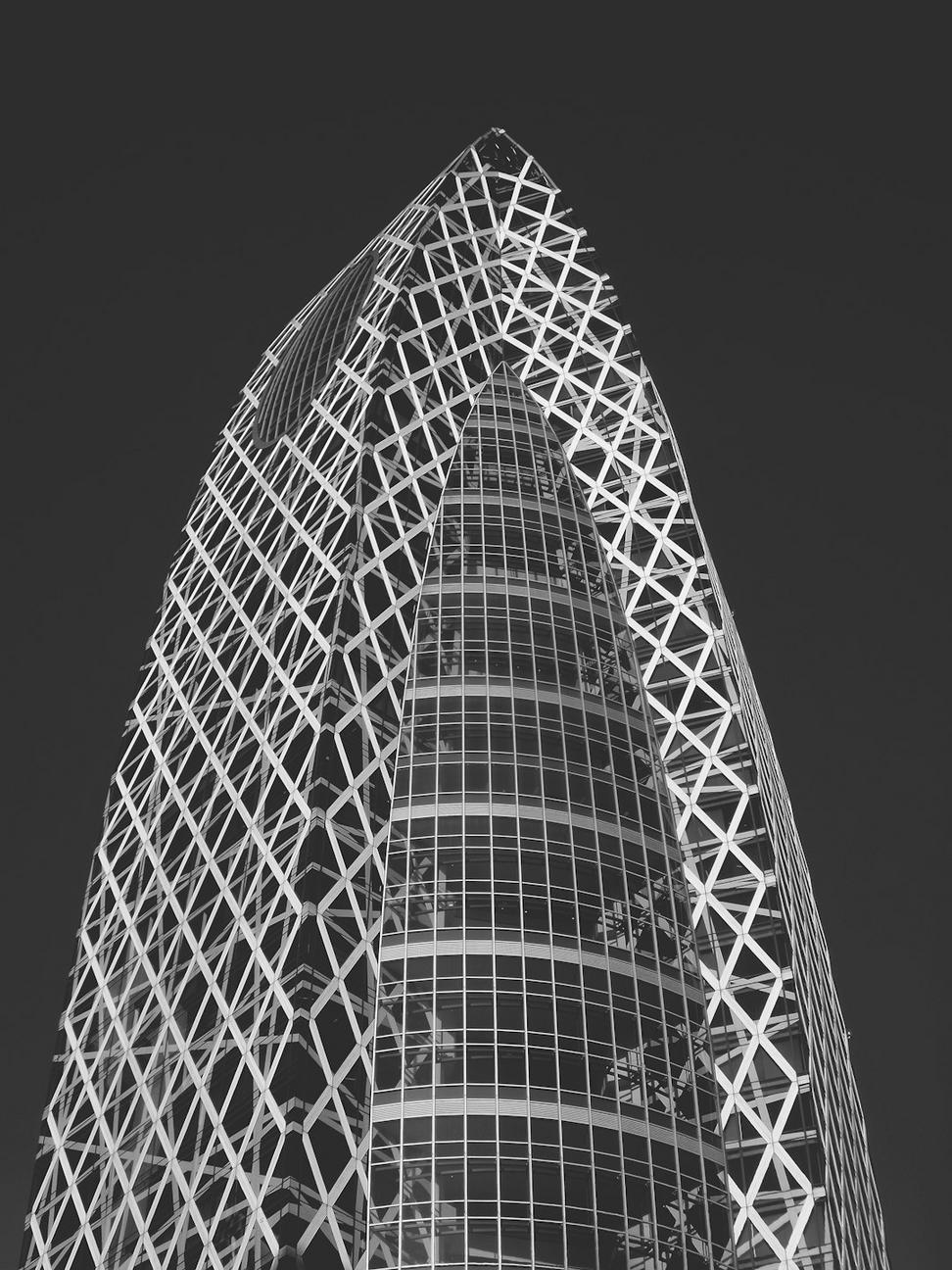
3D Visualization & Modeling
Technical ServiceSometimes you gotta show, not tell. We've invested heavily in visualization tech because it's way easier to get everyone on the same page when they can actually see what you're talking about. Not just pretty pictures - though yeah, we do those too - but working models that help us test ideas and spot problems before they become expensive mistakes.
Our visualization workflow's gotten pretty sophisticated over the years. We're using real-time rendering now, which means we can walk clients through a building while we're still in the design phase, make changes on the fly, see how different materials look under various lighting conditions.
What We Deliver
- Photorealistic renderings
- Virtual walkthroughs
- Detailed BIM models
- Animation sequences
Who Needs This
- Project presentations
- Marketing materials
- Permit applications
- Stakeholder approvals